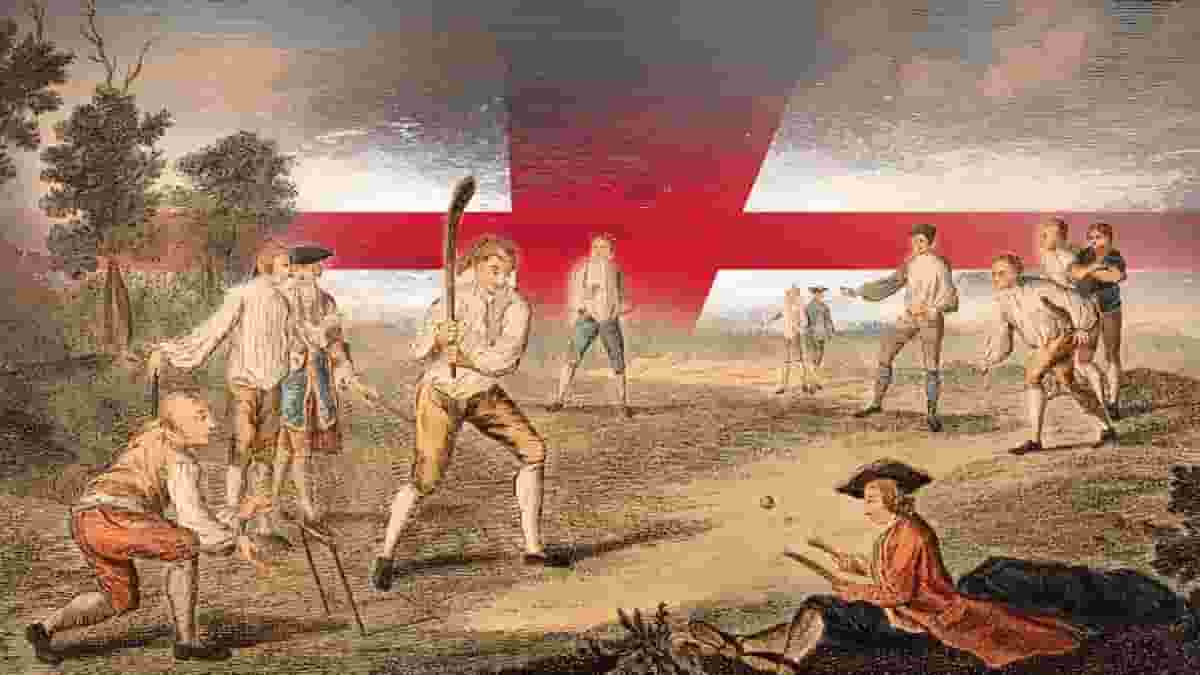
Cricket, believed to have its origins in South England, is said to have started as a simple game. Some researchers suggest that this game emerged as early as the 13th century, with children in rural areas being the first players. The early version of cricket involved using a basic bat made from a branch and a stone as a makeshift ball. The wicket, a target to aim at, could be a wooden stool or a tree stump. Over time, the game evolved, and so did its equipment. The popularity of cricket began to grow in England and later spread to other nations.
Unraveling the Name and History of Cricket
The name “cricket” has an interesting history. In some parts of England, it is believed to have originated from the old English word “cryce,” which meant a crutch or rod. Alternatively, it might have been inspired by the Dutch word “krick(-e),” signifying a “stick.” Another theory suggests that the name could have derived from the French word “criquet,” meaning a “wooden post.”
Evolution of the Game: From Tree Stumps to Cricket Pitches
The game of cricket evolved from a basic setup where one player bowled a ball at a tree stump or wicket gate, while another player used a simple bat to defend. Similar games were played in England between the 13th and 16th centuries. The early cricket bats were long and heavy, resembling hockey sticks. Unlike today, where the ball is thrown in the air, it was originally bowled along the ground. The game’s development continued, with evidence of a cricket match in Kent dating back to 1646. The fundamental rules of cricket were officially documented in 1744, marking a significant step in its evolution. The sport gained popularity across England in the 17th and 18th centuries, leading to the formation of cricket clubs in various cities.
Spreading Across Borders: Cricket’s International Journey
Cricket continued to evolve in the 19th century, undergoing various changes in playing style. The game’s influence extended beyond England, reaching countries like South Africa, Australia, and the United States. In 1844, an international cricket match was held in New York, featuring teams from the US and Canada. This marked the beginning of international cricket competitions. The late 19th century witnessed the establishment of national cricket tournaments in different countries, contributing to the growth of the sport.
Forming a Global Identity: The International Cricket Council (ICC)
The Imperial Cricket Conference, formed in 1909, marked the first step towards international cricket governance. Initially composed of England, Australia, and South Africa, this organization later evolved into the International Cricket Council (ICC) in 1965. With twelve member states and numerous affiliate members, the ICC plays a crucial role in promoting and governing cricket worldwide.
Cricket Today: A Global Phenomenon
The International Cricket Council has made significant efforts to enhance cricket’s popularity on a global scale. Training programs have been offered to national teams in different regions, including America, Africa, and Asia. The introduction of the twenty20 Cricket format has garnered immense enthusiasm from cricket enthusiasts worldwide. Notably, countries like England and India have emerged as powerhouses in the realm of international cricket, adding to the sport’s global appeal.
Also Read: History And Evolution Of Cricket Balls: From The 18th Century To Today
“Get more breaking news, cricket updates, fixtures, and trending news only on cricfiles.com. Follow us on Facebook or Twitter and Subscribe to our YouTube Channel today.”





